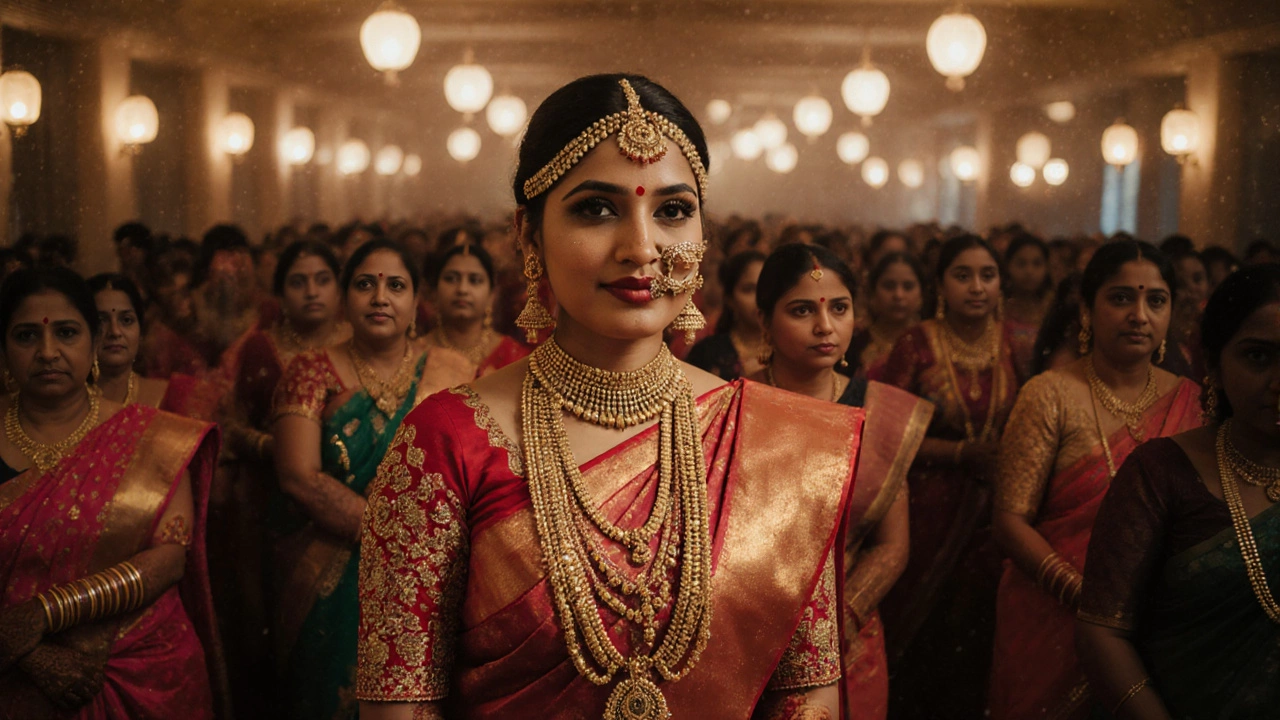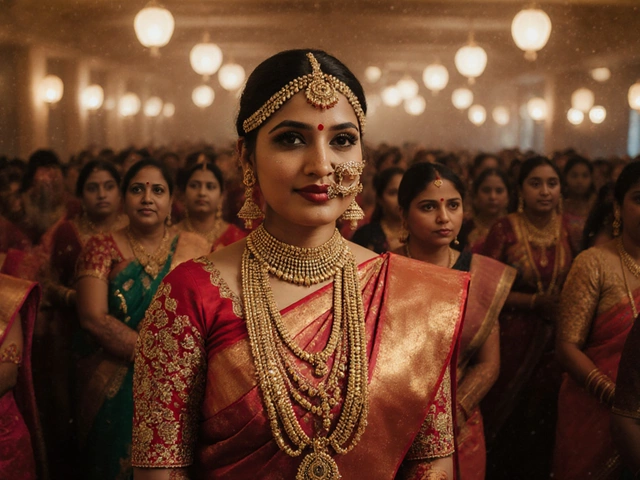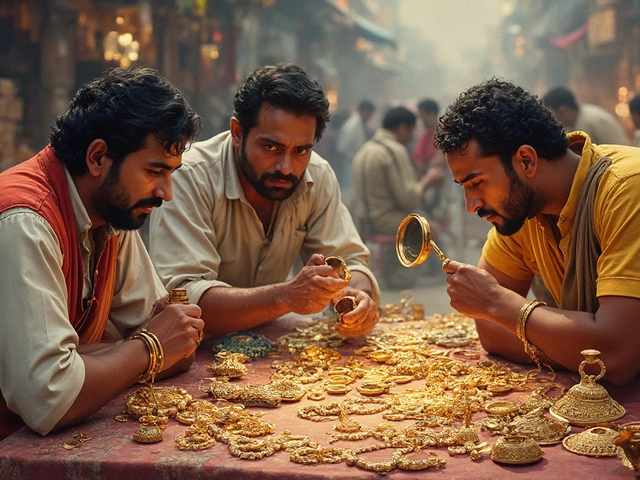Key Takeaways
- Jewelry in India is a language of status, spirituality, and celebration.
- Regional styles like Rajasthani, South Indian, and Bengali each have distinct metals, motifs, and ceremonial uses.
- Key pieces-Mangalsutra, bangles, nose rings, anklets-carry specific symbolic meanings.
- Temple jewelry originated as sacred offering and later became everyday adornment for many communities.
- Understanding the cultural context helps you appreciate the craftsmanship behind every ornament.
When you walk through a bustling Indian market or a grand wedding hall, the sea of sparkle can feel overwhelming. But that glitter isn’t just for show-each piece tells a story about history, belief, and identity. Below we unpack why Indian jewelry is worn in such abundance, how regional traditions shape the look, and what the most common ornaments actually signify.
Indian jewelry is a cultural practice that blends artistry, religion, and social signaling, spanning thousands of years across the subcontinent.1. Cultural Foundations: Status, Spirituality, and Celebration
From the earliest Indus Valley settlements, metal ornaments were markers of wealth. As societies evolved, jewelry became intertwined with Hindu, Sikh, and Jain rituals. Three core motives drive the habit of heavy adornment:
- Status and wealth: Gold, the most prized metal, signals financial stability and family prestige. In many communities, a bride’s gold collection is a safety net for the future.
- Spiritual protection: Many pieces are believed to ward off negative energies. For example, the Mangalsutra is a sacred necklace tied by the groom during the wedding ceremony, symbolizing marital unity and divine blessing.
- Celebratory expression: Festivals like Diwali, Navratri, and regional fairs encourage families to showcase their finest adornments as a form of gratitude and joy.
These motives overlap, creating a layered tradition where a single piece can represent wealth, devotion, and festivity all at once.
2. Regional Styles: How Geography Shapes the Look
India’s linguistic and climatic diversity birthed distinct jewelry aesthetics. Below is a quick snapshot of three major regions.
| Region | Dominant Metal | Signature Pieces | Typical Occasions |
|---|---|---|---|
| Rajasthan | Gold & Silver | Kundan necklaces, Meenakari bangles, Rakhdi (heraldic headpiece) | Weddings, Navratri, folk performances |
| South India | Gold | Temple jewellery set (necklace, earrings, waist belt), Vanki (anklet), Jhumkas | Temple festivals, wedding ceremonies, coming‑of‑age rites |
| Bengal | Gold & Platinum | Shakha (nosed chain), Tol (golden earrings), Choor (wide bangles) | Durga Puja, Bengali weddings, alpona celebrations |
Notice how each style emphasizes different body parts and uses varying decorative techniques such as Kundan a stone‑setting method that embeds gems in a gold base, creating a rich, enamel‑like finish or Meenakari the art of enameling metal with vibrant colors, popular in Rajasthani pieces.
3. Core Pieces and Their Symbolism
While the sheer volume of ornaments can seem daunting, most Indian wardrobes revolve around a handful of key items. Understanding their meanings helps decode the cultural code.
- Bangles (Chudi): Usually worn in multiples, they represent a woman's marital status and continuous strength. In North India, red lacquered bangles are a wedding staple.
- Nose Ring (Nath): Historically linked to the goddess Parvati, the Nath is an ornamental nose plug often attached to a chain linked to the ear, signifying beauty and fertility.
- Maang Tikka: A forehead pendant placed at the hair parting, it is believed to channel positive energy to the third eye.
- Anklet (Payal): The gentle jingling of an anklet is associated with the goddess Lakshmi and is traditionally worn during auspicious events.
- Paladi (Toe Rings): Worn by married women in many South Indian states; they are said to regulate blood flow to reproductive organs.
- Temple Set: A coordinated set of necklace, earrings, and waist belt designed for temple worship, later adapted for bridal wear.
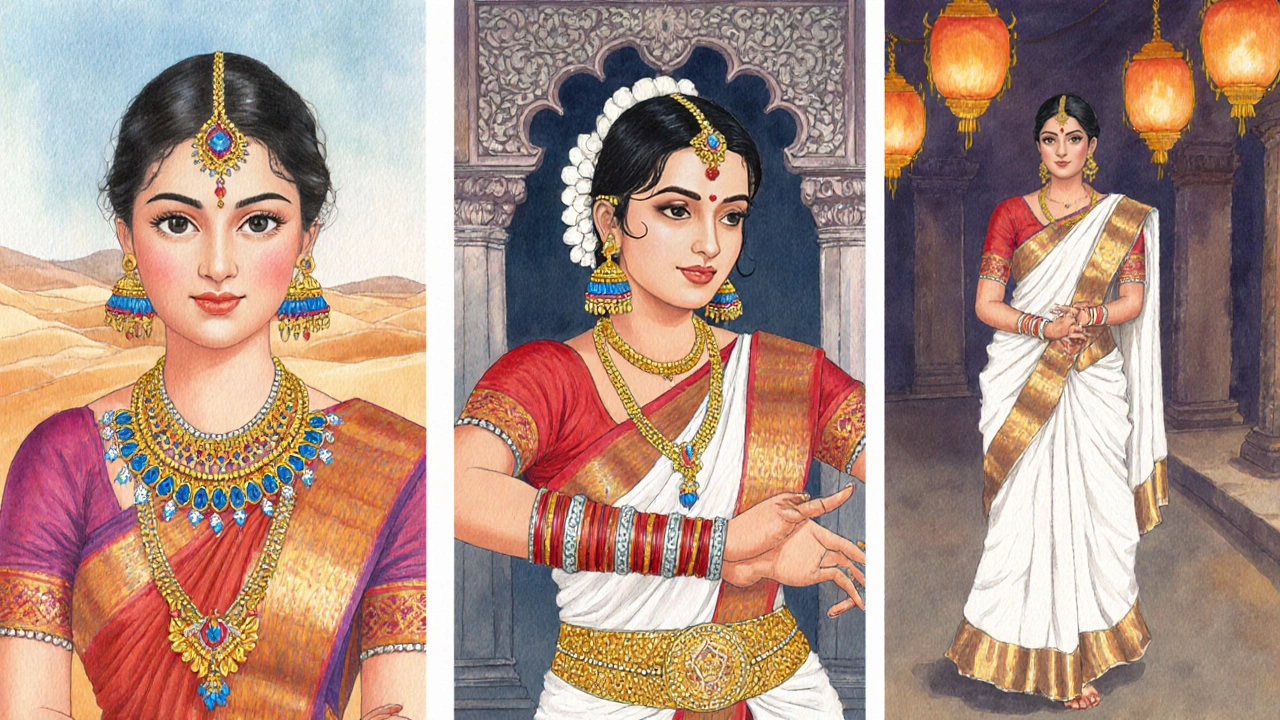
4. The Role of Materials: Gold, Silver, and Semi‑Precious Gems
Gold remains the king of Indian metals for several reasons:
- It never corrodes, making it a lasting family heirloom.
- Gold’s value is universally recognized, giving it a dual role as adornment and financial security.
- Culturally, gold is linked to the sun deity Surya, symbolizing vitality.
Silver, though less expensive, holds spiritual significance in many South Indian rituals, especially for temple jewellery where pure silver is believed to amplify divine vibrations.
Semi‑precious stones like coral, turquoise, and kundan‑set rubies add color and regional flair. For instance, the deep red of a ruby set in a Rajasthani Kundan necklace is meant to invoke passion and protection.
5. Temple Jewelry: From Sacred Offering to Everyday Glam
Temple jewelry originated as elaborate ornaments placed on deities during festivals. Artisans crafted pieces from gold and silver, embedding motifs of gods, lotus petals, and peacocks. Over centuries, the affluent began mirroring these sacred designs for personal use, especially during wedding ceremonies, because wearing them was believed to invoke divine blessings.
Key characteristics of temple jewelry include:
- Heavy use of gold and gemstones.
- Intricate motifs drawn from mythology.
- Balanced weight for comfort during long rituals.
Modern designers still reference these elements, blending traditional silhouettes with contemporary cuts, ensuring the heritage lives on.
6. Social Practices: Dowry, Inheritance, and Modern Shifts
Historically, a bride’s jewelry collection formed a significant part of the dowry, serving both as a status symbol for the groom’s family and as a financial safety net for the bride. Inheritance practices passed down pieces through generations, turning them into family heirlooms with emotional value.
Today, urban families are scaling back on massive dowry demands, but the cultural love for jewelry persists. Many young couples now invest in a mix of traditional pieces for ceremonies and lighter, everyday wear that fits modern lifestyles.
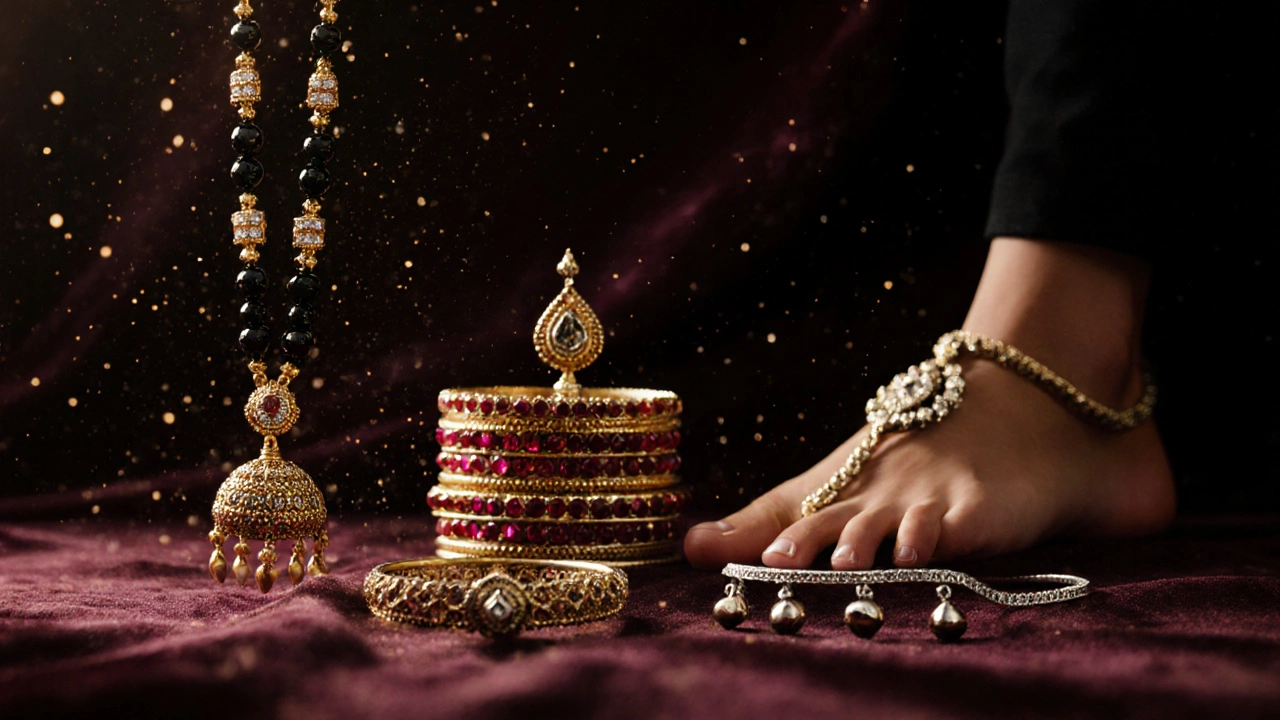
7. Practical Tips: How to Curate Your Indian Jewelry Wardrobe
- Start with a versatile gold set that includes a necklace, earrings, and a waist belt, suitable for most festivals and weddings.
- Layer bangles of varying sizes and colors to create visual interest without feeling heavy.
- Choose a single statement piece-like a Kundan chandelier earring or a Meenakari necklace-to highlight a simple outfit.
- Maintain silver pieces by polishing regularly; avoid exposing them to harsh chemicals.
- Invest in trusted jewelers who provide hallmarked gold and authentic gemstone certifications.
8. Common Misconceptions Debunked
Myth: Indian women wear jewelry solely for vanity.
Reality: Most adornments serve cultural, religious, and protective functions, often passed down as family heirlooms.
Myth: All Indian jewelry is made of gold.
Reality: Silver, bronze, and even stainless steel are prevalent, especially in South Indian and tribal communities.
Myth: More jewelry always means higher status.
Reality: The design, craftsmanship, and context matter as much as the sheer quantity of ornaments.
Frequently Asked Questions
Why is gold so important in Indian weddings?
Gold symbolizes purity, prosperity, and the sun’s life‑giving energy. In weddings, gold jewelry acts as a financial safety net for the bride and a visible sign of the families' wealth and goodwill.
What does a Mangalsutra represent?
The Mangalsutra is a sacred necklace tied by the groom during the wedding ceremony. Its black‑beaded design symbolizes the bond of togetherness, while the gold pendant stands for the couple’s prosperity.
Can men wear traditional Indian jewelry?
Yes. Men often wear gold chains, bracelets, and even ornate rings, especially during festivals and weddings. In some regions, a turban ornament (safa) or a pearl‑set brooch completes the male ensemble.
How should I care for heavy temple jewelry?
Store each piece separately in a soft pouch to avoid scratches, clean with a mild gold‑cleaning solution, and have it inspected by a jeweler annually for loose stones or worn settings.
Is it okay to mix gold and silver in one outfit?
Modern styling embraces mixing metals. Pair a gold necklace with silver bangles for a balanced look, ensuring the overall color palette stays harmonious.
